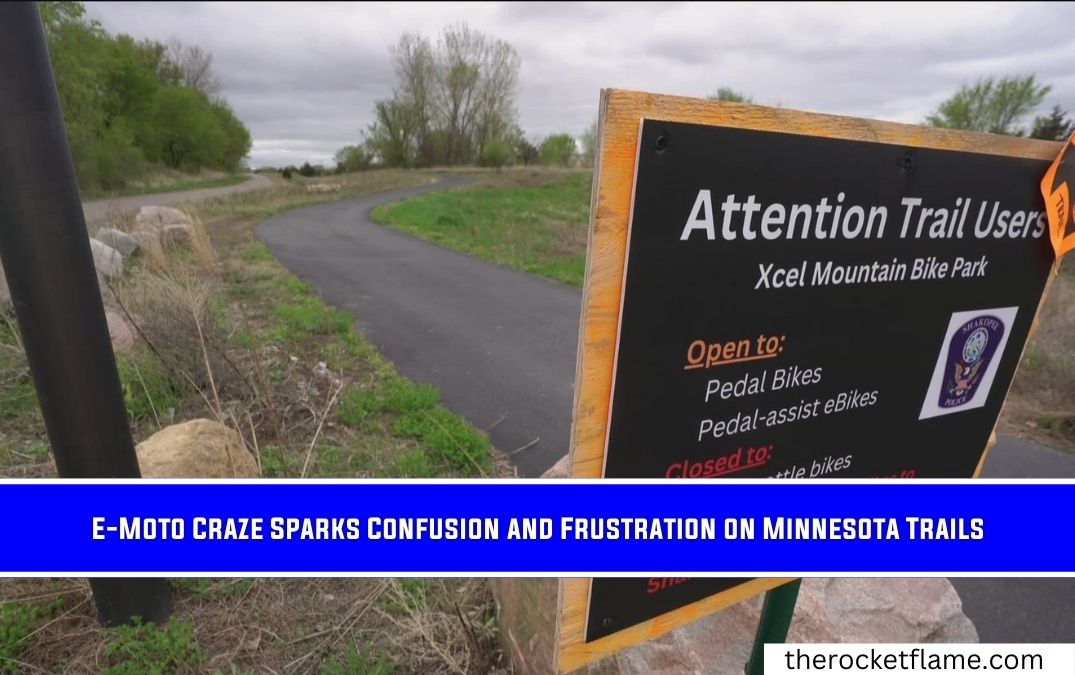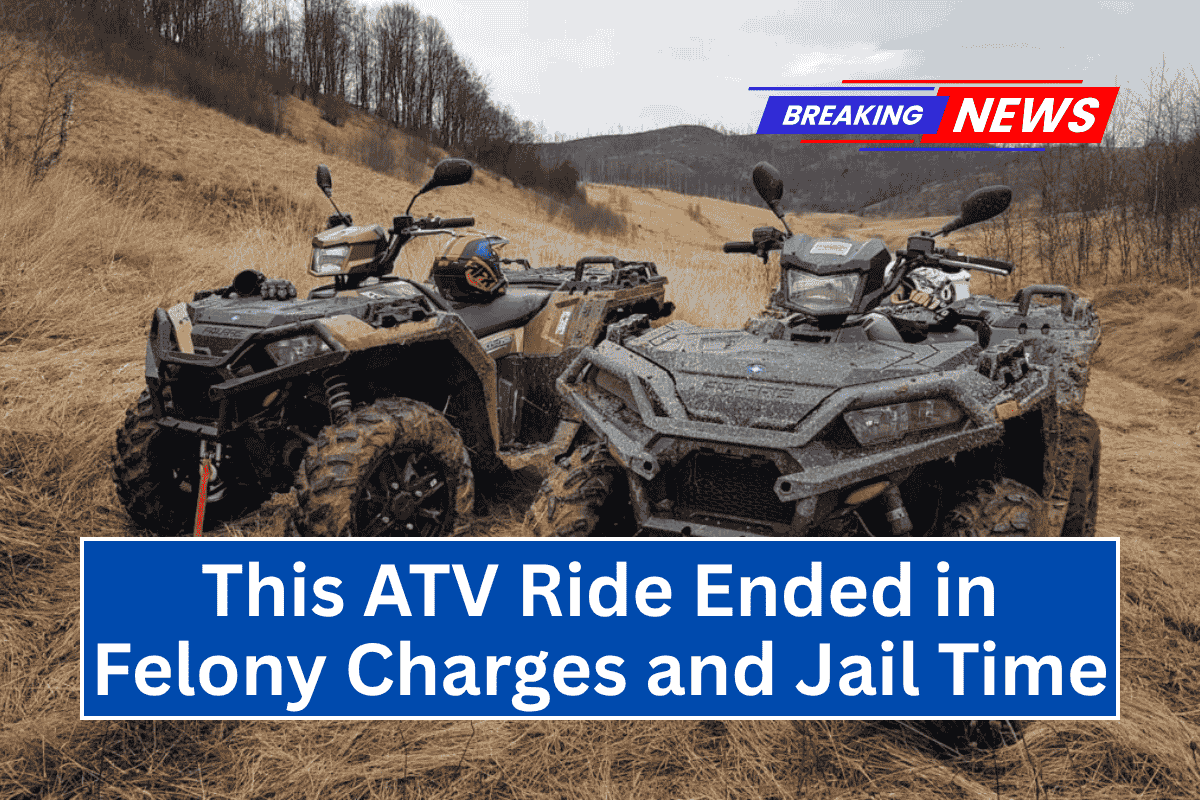Minnesota’s trail system is seeing a surge in electric bike use this spring, but the rise of powerful e-motos is causing confusion and concern among riders and trail managers alike.
With unclear regulations and safety worries, the popularity of e-motos is challenging the state’s efforts to balance trail access and safety.
What Happened
Minnesota trails have become crowded with electric-assisted bikes, especially a category known as e-motos. These vehicles, often faster and more powerful than standard e-bikes, are creating tension among trail users and officials. Conflicting rules and unclear classifications are leaving many unsure about what types of electric bikes are allowed on the trails.
Jason Tufty, president of Minnesota Off Road Cyclists (MORC), highlighted the issue, noting the “grey area” surrounding e-bike regulations. He explained that while the state permits e-bikes up to 750 watts, many e-motos exceed 1,000 watts and lack pedals, complicating enforcement.
Key Details
- E-bike Classes on Minnesota Trails: The state allows Class 1, 2, and 3 e-bikes.
- Class 1: Pedal-assist only, no throttle, max 20 mph.
- Class 2: Throttle and pedal, max 20 mph.
- Class 3: Pedal-assist with throttle, max 28 mph.
- E-Motos: These resemble dirt bikes without pedals and use footpegs instead. Many exceed legal power limits and speeds.
- Some local trails have banned e-motos and only allow Class 1 bikes for safety reasons.
- Minnesota law states no riders under 15 should operate e-bikes on state trails.
Kyle Sobota, Shakopee’s senior planner, noted that signs are now posted on many trails banning e-motos. Trail officials are trying to educate riders about the restrictions, but confusion remains widespread.
Reactions or Statements
Jason Tufty said, “E-motos going 40-50 mph near riders pedaling at 10 mph create dangerous situations.” He stressed the safety risks, especially since many e-moto riders are teenagers and these bikes are often not street-legal.
Tyler Walters, a Pedego Electric Bikes salesperson in Eden Prairie, clarified that throttles are permitted on legal Class 2 bikes with speeds capped at 20 mph. He pointed out that faster bikes like Class 3 models feel significantly quicker, raising safety concerns.
Tufty hopes for a designated area where e-moto riders, especially youth, can ride legally off the state trails to reduce conflicts.
Investigation or What’s Next
Minnesota trail organizations are working toward unified policies that match state regulations while addressing safety challenges posed by e-motos. Officials continue to monitor trail use and may introduce clearer enforcement measures or designated riding zones for high-powered e-moto bikes.
The growing popularity of e-motos calls for urgent dialogue among lawmakers, trail managers, and users to ensure safety without discouraging the benefits of electric biking.
FAQs
Q1: What is the difference between an e-bike and an e-moto?
A: E-bikes have pedals and electric assistance up to 750 watts, while e-motos often have no pedals, use footpegs, and typically exceed 1,000 watts, making them more like dirt bikes.
Q2: Are all e-bikes allowed on Minnesota trails?
A: Minnesota permits Class 1, 2, and 3 e-bikes, but some trails restrict certain classes, especially banning e-motos or only allowing Class 1 bikes for safety.
Q3: Can minors ride e-bikes on state trails?
A: No, Minnesota law states riders must be at least 15 years old to use e-bikes on state trails.
Q4: What is the maximum speed for e-bikes on Minnesota trails?
A: Class 1 and 2 e-bikes are limited to 20 mph, while Class 3 bikes can go up to 28 mph, but local trail rules may vary.
Q5: What are trail managers doing about e-motos?
A: They are posting signs banning e-motos, educating riders, and seeking clearer policies to reduce safety risks.
Summary / Final Takeaway
The rapid rise of e-motos on Minnesota trails in 2025 is challenging existing regulations and safety standards.
While e-bikes offer inclusive and fun outdoor activity, the powerful and fast e-motos are causing safety concerns and confusion among riders and officials.
Clearer rules, education, and potentially designated riding areas are needed to balance enjoyment with safety on Minnesota’s trails.












